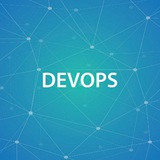
Подписаться на канал


 86
86
Telegram-канал r_devops - Reddit DevOps
 86
86
Reddit DevOps. #devops Thanks @reddit2telegram and @r_channels